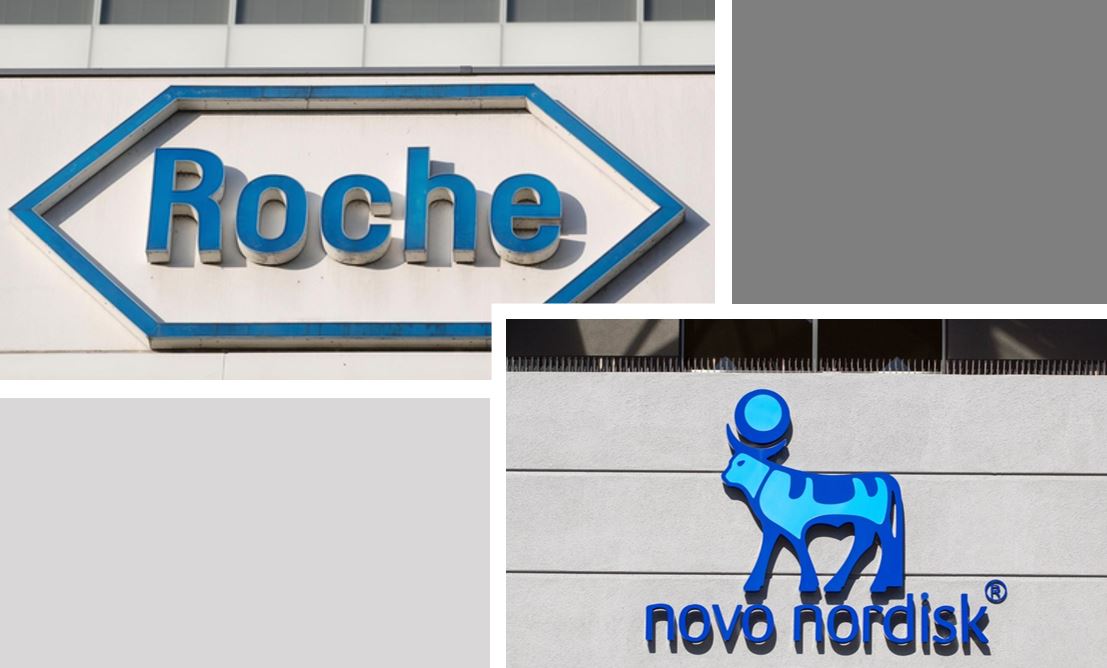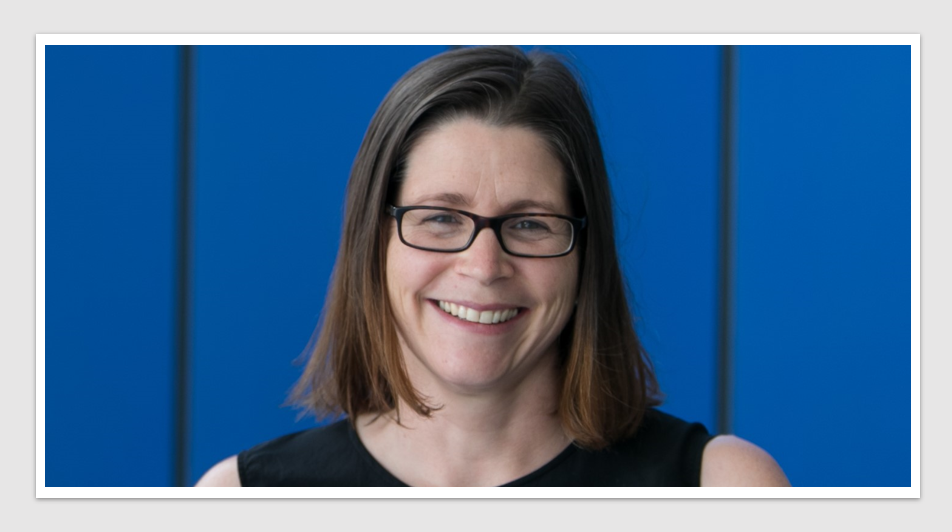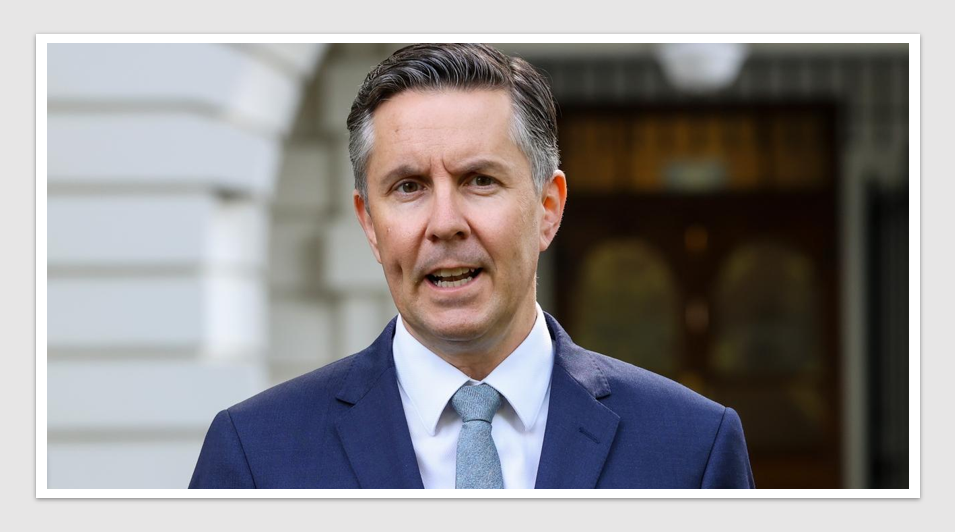News & Trends - Pharmaceuticals
PBS listings to benefit Australians with small cell lung cancer and type 2 diabetes

Pharma News: July 2020 PBS listings will benefit Australians with type 2 diabetes and small cell lung cancer.
From 1 July, the listing of Roche’s Tecentriq (atezolizumab) will be expanded to include a new form and treatment regimen to assist patients with small cell lung cancer (SCLC).
The PBAC extended its November 2019 recommendation for the 840 mg in 14 mL injection of atezolizumab and the addition of the 1680 mg Q4W flat dosing regimen to include the treatment of previously untreated patients with extensive stage SCLC where atezolizumab monotherapy is used for continuing treatment. The PBAC considered that the effectiveness and safety of the 1680 mg Q4W dosing regimen is likely comparable to that of the 1200 mg Q3W dosing regimen for extensive stage SCLC.
This change will provide patients with a more convenient treatment option. Patients will be able to access a four weekly dosing regimen when receiving continuing treatment with this medicine, which will mean they do not need to go to their doctor as often for their treatment. This will particularly benefit those in rural or remote areas.
Lung cancer is the leading cause of cancer death and the fifth most common cancer diagnosed in Australia. Small cell lung cancer accounts for around 15% of lung cancers.
An estimated 1,000 patients per year will require treatment with Tecentriq. What might have cost them more than $50,000 per course of treatment is available for $41 per script, or $6.60 with a concession card.
Additionally, from 1 July 2020 Novo Nordisk’s Ozempic (semaglutide), a new once-weekly GLP-1 analogue, will be listed on the PBS as a new treatment option for type 2 diabetes.
GLP-1 RAs, such as Ozempic, have been recommended by the Australian Diabetes Society (ADS) for early use, after metformin to help people living with type 2 diabetes to achieve their target HbA1c. These follow international guidelines that also recommend early use after metformin and recognise the multiple benefits that GLP-1 RAs have shown in managing type 2 diabetes including glycaemic control, weight gain and cardiovascular risk.
In Australia, type 2 diabetes accounts for over half of all diabetes deaths. An estimated one million Australian adults (5%) had type 2 diabetes in 2017‑18.
In 2019, over 40,000 patients accessed a comparable treatment for this chronic condition through the PBS and will now be eligible for this treatment option. Without the subsidy, patients would pay more than $1,700 per course of Ozempic. They’ll now pay $41 per script, or $6.60 with a concession card.
News & Trends - Biotechnology

AusBiotech appoints new CEO: Former Sanofi corporate affairs and sustainability leader takes the helm
Biotech News: AusBiotech, the nation’s leading industry body for the biotech sector, has named former leader at Sanofi, Rebekah Cassidy, […]
MoreNews & Trends - MedTech & Diagnostics

Federal government invests in Siemens Healthineers scanner to ‘reduce wait times’ for cancer diagnosis
MedTech & Diagnostics News: The Albanese Government is investing $12 million through the 2024–25 Budget, to purchase and install a […]
MoreNews & Trends - MedTech & Diagnostics

Cardiac device benefits face more cuts, while technical services remain secure in the short term
MedTech & Diagnostics News: Starting from July 2024, Cardiac Implantable Electronic Devices (CIED) listed on the Prescribed List (PL) will […]
MoreNews & Trends - Biotechnology

CSL’s world-first gene therapy heads for MSAC evaluation
Biotech News: CSL’s world-first gene therapy for haemophilia B is scheduled for consideration at the upcoming Medical Services Advisory Committee (MSAC) […]
More
